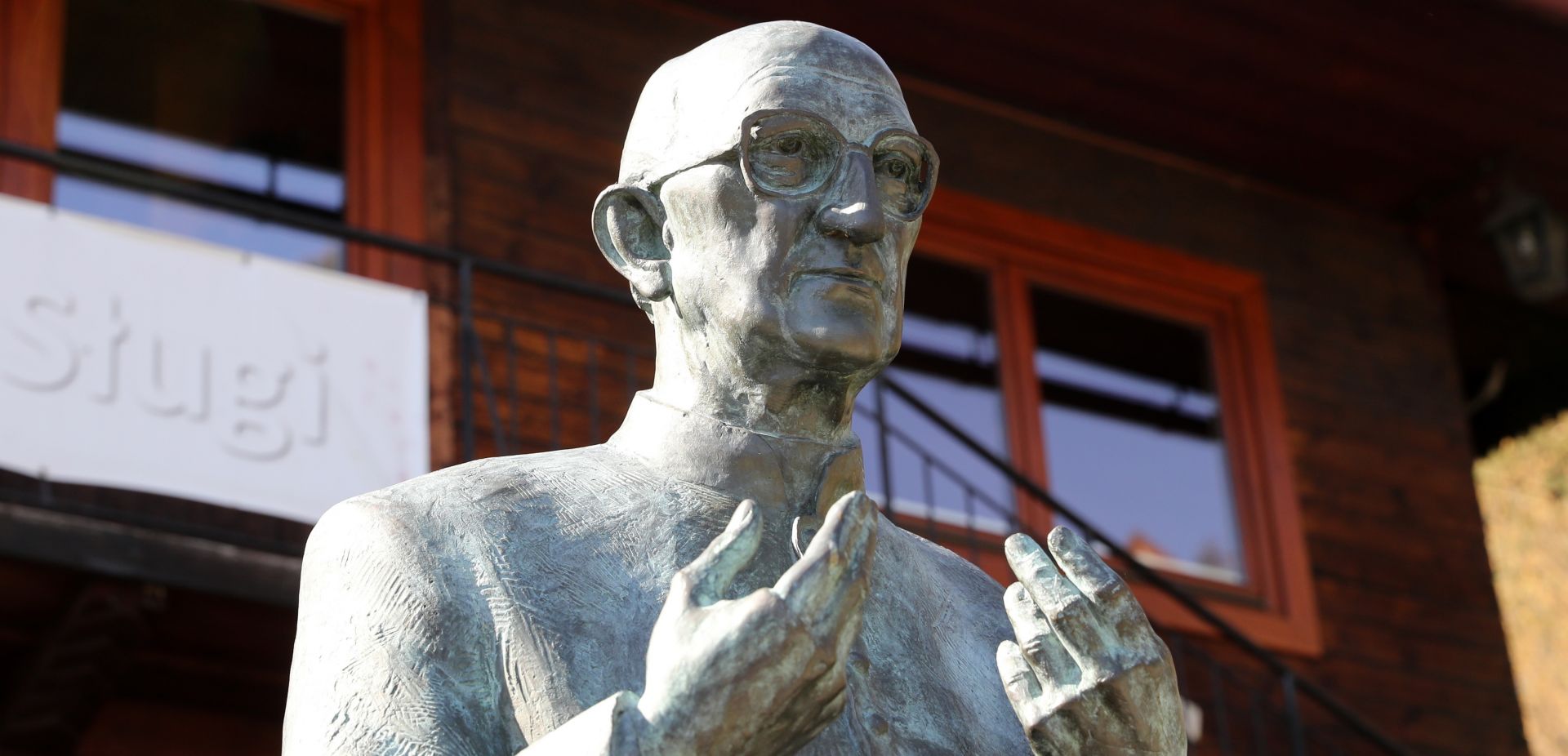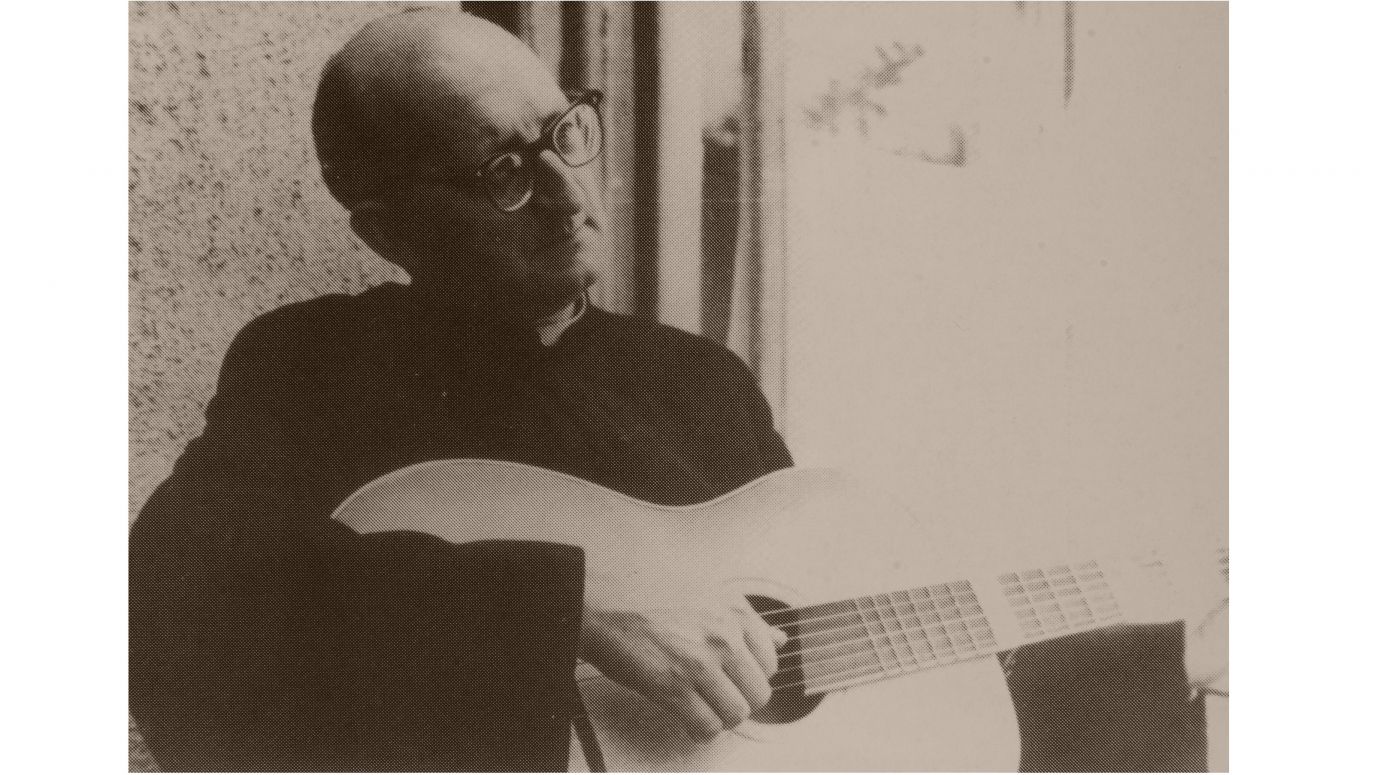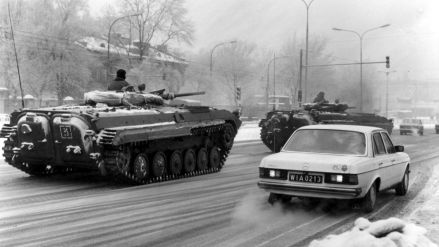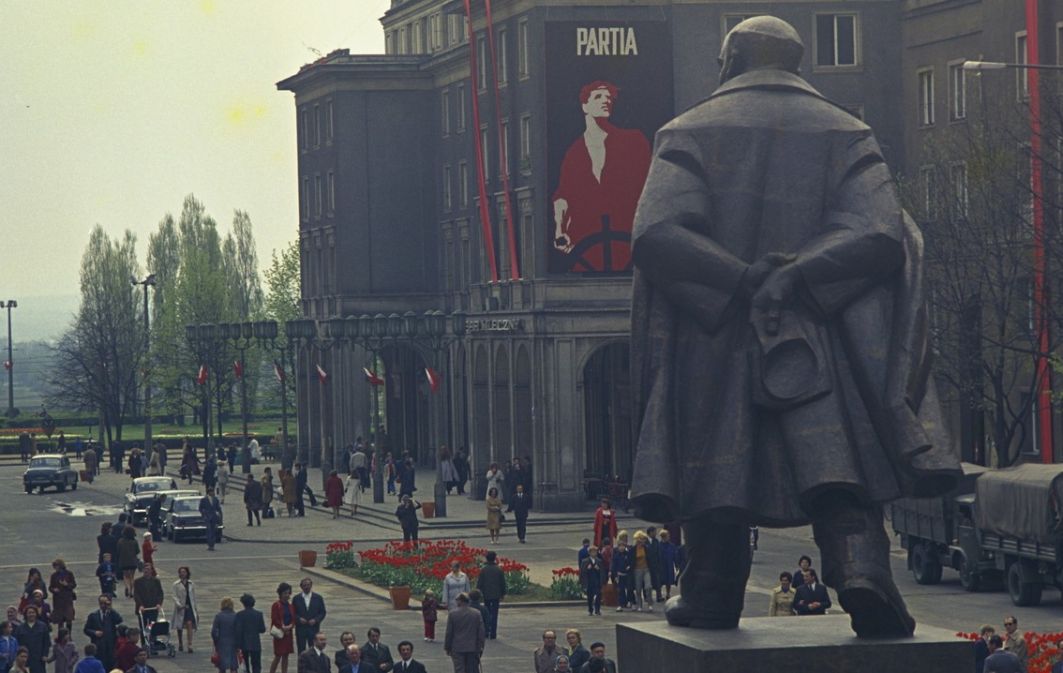The information collected by Kawecki was sent directly to the WSW headquarters in Warsaw. In view of the above, in 1968, the WSW headquarters, due to a number of various doubts, store of the past and unclear operational situations related to Litwiniak’s activity, wondered whether it was worth recruiting him.
Why? After all, he previously worked for Military Information and the MBP.
He lived in the area of influence of American intelligence and NATO secret services. The thread of cooperation was most likely broken when he refused to return to Poland. There were fears of provocation, but in 1972 WSW officers took a risk and established contact with him in Yugoslavia.
This was also due to the fact that in the activities preceding the establishment of contact, Litwiniak indicated in secret correspondence to the WSW that he wanted to renew intelligence cooperation. After meeting a liaison in Yugoslavia, he was given the pseudonym “Lizak” (lit. “Lollipop”) and was classified for the lowest category of registration, actually an informal one: “Secured Person”. The materials collected in the archival resource show that “Lizak” had cooperated with WSW from 1972 to 1984-85.
What was the WSW interested in?
In quite a wide range of topics. First of all, the intelligence activity of NATO countries, including the activities of refugees and dissidents from the so-called people’s democracies and their contacts with Western services, the activity of Radio Free Europe, independence organizations, the activity of Rev. Franciszek Blachnicki, German parties, including the CSU, Ukrainian refugees in Munich. During subsequent meetings, Litwiniak was equipped with means of communication, e.g. with tracing paper, invisible ink, address of the box for communication with the WSW headquarters.
He willingly fulfilled intelligence tasks, first of all providing information about Polish refugees. He also informed about the activity of Volodymyr Lenyk and Anton Melnyk from the Union of Ukrainian Emigrants in Germany, the superior structure of Ukrainian organizations in Western Europe. All the information provided seemed extremely interesting to the military counterintelligence of the Polish People’s Republic, because they gained insight not only into the activities of Polish refugees, but also into the activities of the Organization of Ukrainian Nationalists operating in Bavaria since the end of the war. And here comes the KGB, because the Soviets were particularly interested in this information.
Okay, but what does all this have to do with investigating Rev. Blachnicki by the KGB?
The investigation of Ukrainian circles in Bavaria by Litwiniak becomes a starting point for the KGB to work out Rev. Blachnicki. The priest not only had good contacts with the Ukrainians in Bavaria, but also undertook joint social and organizational projects with them. Rev. Blachnicki also cooperated with representatives of other nations oppressed by communism, including Russians, Lithuanians, Latvians and Ukrainians. This drew the attention of the military counterintelligence of the Polish People’s Republic and the KGB.
Litwiniak appears in all organizations associated with Rev. Blachnicki. He works in the Christian Service for the Liberation of Nations in Calrsberg, where he is an informal representative of Rev. Blachnicki in Bavaria. He also joins the structures of the board of the Polish-Ukrainian Society. He combines many Polish and Ukrainian circles.
Litwiniak is also interested in the structures of the PPS (Polska Partia Socjalistyczna – Polish Socialist Party) in western Germany, which in the 1980s constituted the largest organizational and political core of Polish exiles in western Germany. He is active in the National Council and the Association of Polish Combatants as well. He also collects information on PSL (Polskie Stronnictwo Ludowe – Polish People’s Party), because Hanna Chorążyna, head of the office of the Christian People’s Liberation Service, was associated with PSL.
Active anti-communist activists of the new generation also appear in Carlsberg, e.g. Jerzy Jankowski, Wojciech Gruszecki, Andrzej Prusiński, Marek Ciesielczyk, Edward Klimczak, Tadeusz Folek. They too are of interest to Polish military and Soviet intelligence.
 SIGN UP TO OUR PAGE
SIGN UP TO OUR PAGE
 Litwiniak collects and provides information for the WSW. How does it get to the KGB?
Litwiniak collects and provides information for the WSW. How does it get to the KGB?
Military counterintelligence forwards Litwiniak’s information to Major General Nyeretin, who, after analyzing it, forwards further questions to, among others, General Teodor Kufel, head of the WSW (1964-1979) and head of the Polish Military Mission in West Berlin (1979-1981) asking for further decisions on specific cases.
What exactly did he ask?
Gen. Nyeretin points to specific things that interested the KGB in a secret letter of 1977 to Gen. Kufel: “It would be desirable to clarify the following issues thanks to your capabilities among the Ukrainian emigrants in Munich: specific actions planned by foreign units of the Organization of Ukrainian Nationalists in connection with conference in Belgrade on the 60th anniversary of the Great October Socialist Revolution, their organizers, performers, extremist plans of foreign OUN cells, possible terrorist intentions. Opportunity to approach OUN leaders and activists abroad.
What else interested the Russians? There are specific names: Yaroslav Stechko, Slav Stechko, Mudrik, Kashub, Lenkavski, Dembritski, Vashkowich, Gaydama, Gawamay, Korsian and others. Characteristic data about the above persons. Existence of opposition in foreign OUN cells. In relation to Stechko, the nature of the anti-Soviet actions that the established Polish-Ukrainian Discussion Club intends to carry out, i.e. the one that Rev. Blachnicki was later engaged in – and their performers. Data on Ukrainian nationalists leaving for the USSR to carry out hostile actions. Attempts to hold meetings by nationalists with their contacts with the USSR in the territory of socialist countries, including the Polish People’s Republic. Concrete facts, agreements between Ukrainian nationalists and Zionists, Maoists and other anti-Soviet elements abroad. Inflow channels and the use of hostile materials by the Free Europe and Liberty radio station. The relationship between Jewish emigrants and OUN members working in the Ukrainian editorial office of the Svoboda radio station. Information about the situation in the OUN and the possibilities of joining it with a view to disassembling it from the inside in the future.
Did Litwiniak complete the task ordered by General Nyeretin of the KGB?
Yes. In July 1978, the leadership of the military counterintelligence sent to the head of the KGB station in Warsaw, i.e. to the head of the Narew group, Gen. Vitaly Grigorievich Pavlov, a report on the performance by their collaborator of the task that had been requested by General Nyeretin in 1977. Thanks to Litwiniak, the KGB obtained a wide insight into the environment they are interested in and a range of possibilities of infiltrating Ukrainians who later cooperated with Rev. Blachnicki.
And what can you tell us about Dr. Karol H. Sitko?
He appeared in West Germany in the 1960s, in connection with the case of Andrzej Madejczyk, an illegal of the Polish-communist intelligence service and at the same time a collaborator of the BND, who recruited Fr. Konrad Hejmo. Karol Sitko was the founder of several organizations in the USA, e.g. “Freien Press”, "Western Goals-Europe” including the one called Heritage Group Council for Citizenship Education. In the environment of Polish refugees, he was regarded as an activist of the Silesian organization, but strongly associated with compatriots’ circles and West German institutions.
Basically, we know relatively little about him, least of all – who he worked for. He doesn’t appear accidental moments and it should be added that within the framework of the investigation codenamed “Kniaź” he was recruited by the civil intelligence of the Polish People’s Republic in 1979. This contact lasted until the second half of the 1980s.


 SIGN UP TO OUR PAGE
SIGN UP TO OUR PAGE
 Litwiniak collects and provides information for the WSW. How does it get to the KGB?
Litwiniak collects and provides information for the WSW. How does it get to the KGB?




